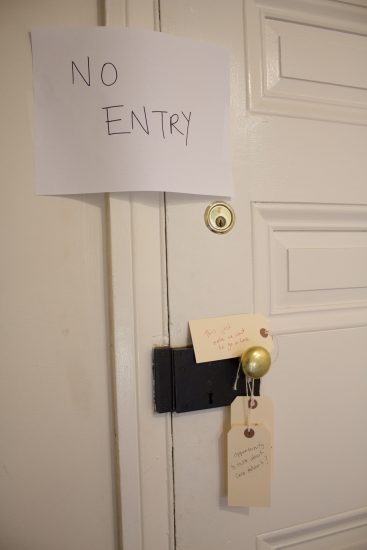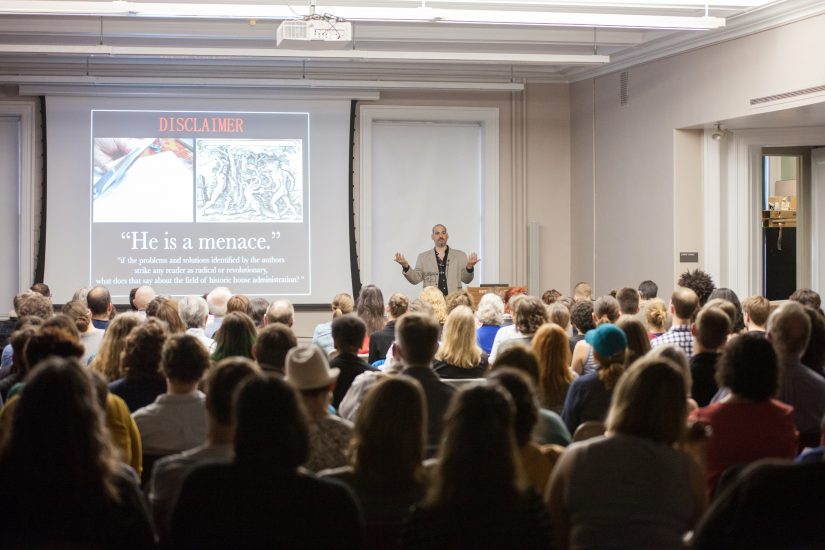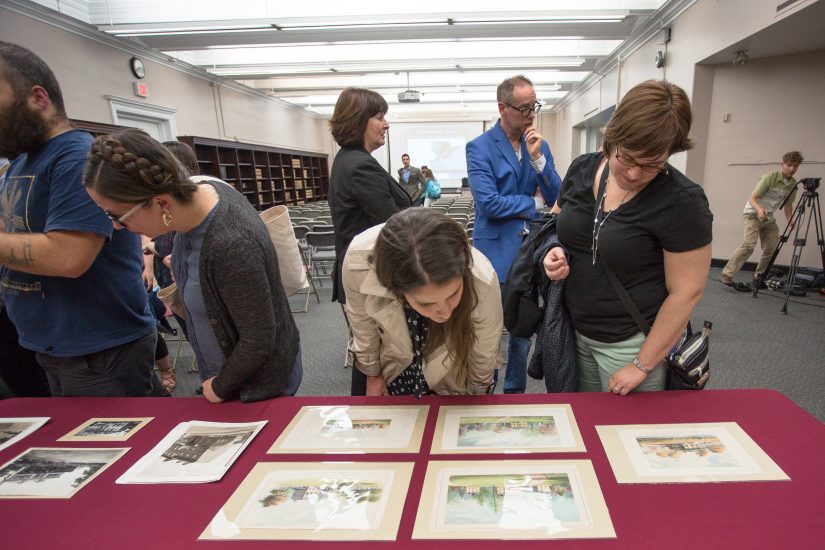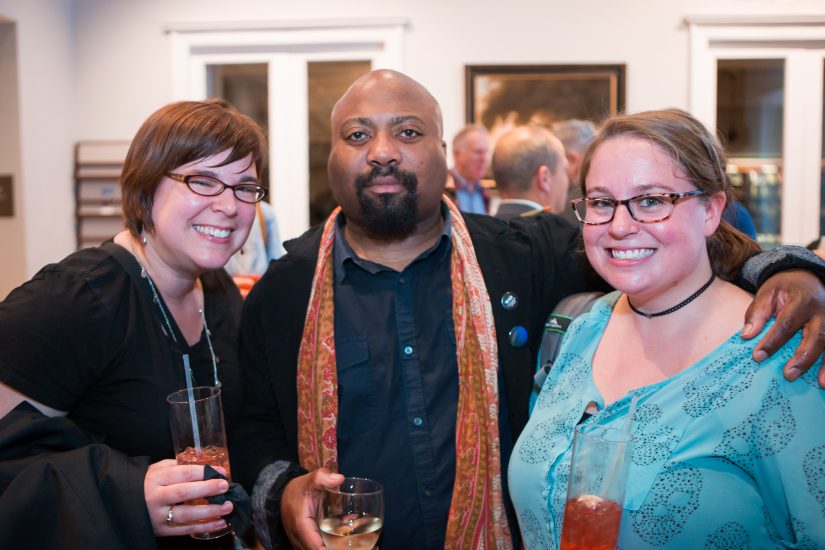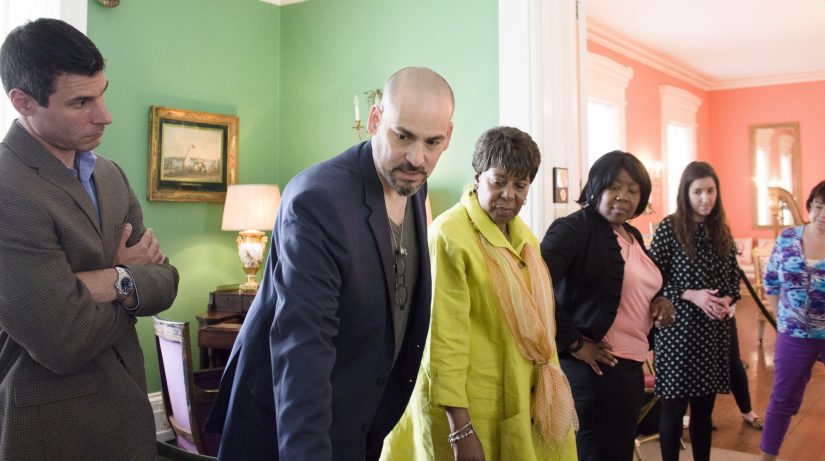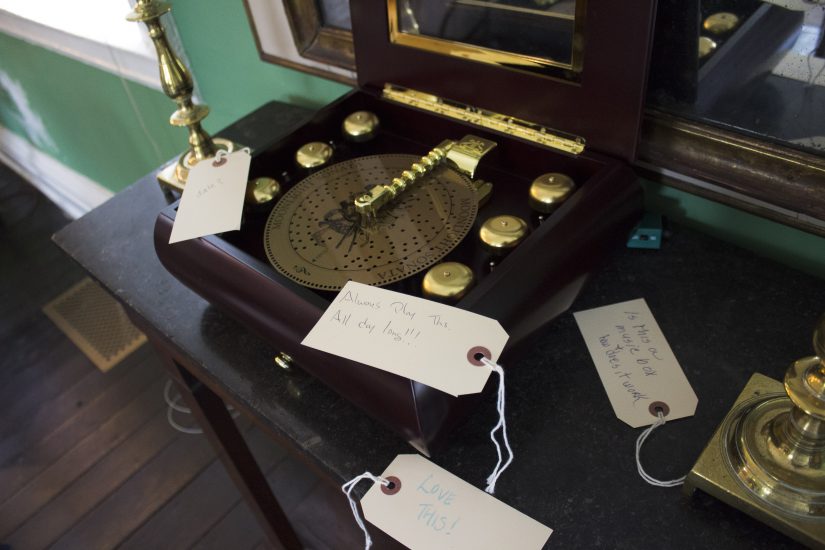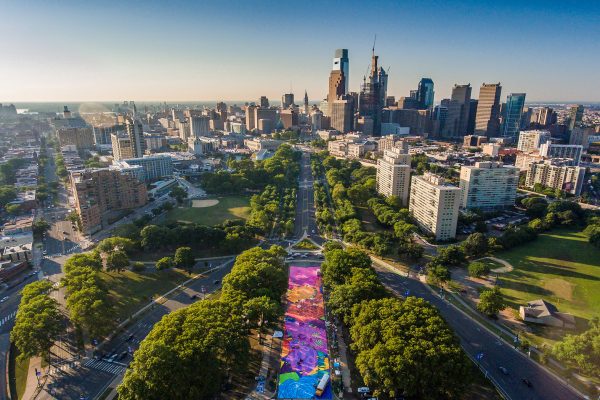The origin story of Fairmount Park begins with a series of remarkable estates dotting the banks of the Schuylkill River. They were acquired, one by one, by the City of Philadelphia in the 19th century in a farsighted and strategic effort to protect its precious water supply and expand its public parklands.
As the city has changed dramatically around the park edges, the houses stand resolute, preserved by the combined efforts of Philadelphia Parks and Recreation (PPR) and a host of allied not-for-profits, who have faithfully protected, restored and interpreted them to present day residents and visitors.
Now, like all cultural institutions and historic sites today, the houses of Fairmount Park face a rapidly changing environment in terms of expectations from visitors about how they experience museums and their collections. In the age of crowdsourcing, selfies, social media and the DIY ethos, the “Park Charms” (as the Fairmount Park houses are known) are pushed to be inventive, to engage new audiences in new ways, and to transcend old models of stewardship and interpretation.
Anarchist’s Guide to Historic House Museums (Left Coast Press, 2016), by Franklin D. Vagnone and Deborah E. Ryan, provokes established house museums to take more risks in search of greater relevance. The authors make the case for an emerging set of strategies that directly engage visitors in the sometimes messy history of house museums with humor, candor and interactive methods that bring the structure to life and embed the house deeper into the everyday lives of neighboring communities. Many historic houses in Philadelphia are already experimenting with such practices (with community gardens, recreational programming and commissioned artistic works) – but what will the future hold and what role should innovation play?
At the Fairmount Park Conservancy, we are working in partnership with PPR and other entities to imagine how Fairmount Park’s great estate houses can play a larger role in understanding our city’s great history and the visitor’s relationship to that history, serve as places of contemporary arts and culture activity, and act as community anchors to their adjoining neighborhoods. With the support of an ArtPlace America grant, we are exploring some new strategies that build on the extraordinary legacy that these families and their homes helped establish.
